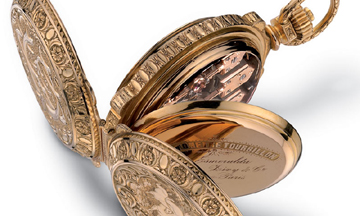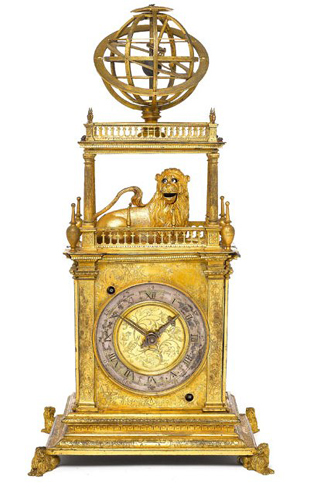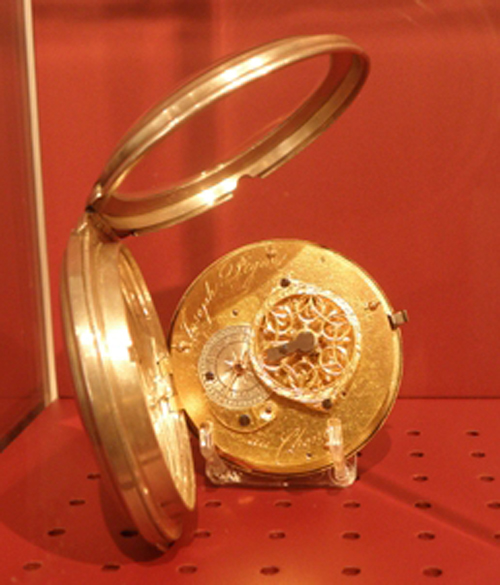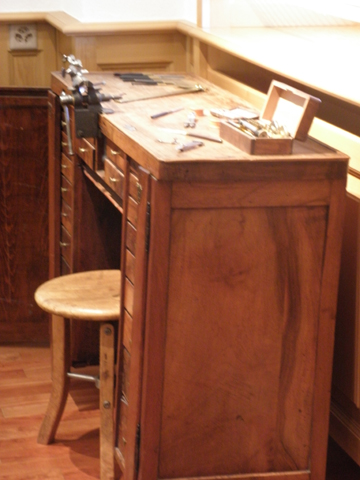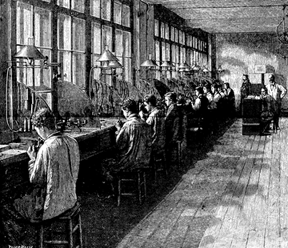We often are asked “Why Swiss watches are considered the best in the world?” This is no easy subject, since the rise of Switzerland as the epitome of fine watchmaking was centuries in the making. So, beginning today, and for several subsequent Thursdays, we are bringing you a series of articles that will track this history, this rise to preeminence and bring up to date information on top watchmaking Seals and Hallmarks issued in this tiny country – which is today the pinnacle of technical watchmaking prowess.
Swiss Watch Beginnings: Perhaps the earliest driving force propelling Switzerland to its eventual role as the premiere watchmaking center of the world was an act promulgated centuries ago. In 1541, when the stern Protestant reformist John Calvin banned the wearing of jewelry, Geneva’s jewelers and goldsmiths were faced with destitution. Out of necessity, they were forced to seek other lines of work. Interestingly enough, Geneva had become a haven for Calvin followers, and many French refugees brought the knowledge and skill of watchmaking. According to Calvin, unlike jewelry, a watch was a necessary item – making watchmaking acceptable. The jewelry craftsmen quickly joined forces with clock makers and cabinotiers, and Geneva made its foray into the clock and watch arena—raising the bar on aesthetic beauty and technical prowess in timepieces thanks to the melding of crafts and creativity.
In 1601, Geneva’s watchmakers formed the first Watchmakers’ Guild of Geneva — with 500 members. By the beginning of the 18th century, watchmaking had spread throughout Switzerland, reaching into outlying areas such has Neuchatel and the Jura mountains. The 18th century was ripe with growth and invention and by the latter half of the century, table clocks with multiple features emerged –fast becoming much-coveted by Royal Courts of the world. Clockmakers focused on perfecting escapements and developing even more precise methods of timekeeping.
Thanks to a constant yearning for perfection that paved the way for the future of this arena, a host of inventions emerged: perpetuelle mechanisms (the forerunner to the automatic watch); Lepine caliber (a flatter movement that enabled pocket watches to be made; constant-force escapement; overcoil balance spring; gong spring; perpetual calendar; tourbillon escapement; keyless winding. Watch brands sprang up in Switzerland throughout the 18th and 19th centuries – with many perfecting watch mechanisms via inventive patented concepts. Vacheron Constantin had already established itself in 1755, but others ensued – most being the great names we recognize today: Breguet, Jaeger-LeCoultre, Patek Philippe, Audemars Piguet, IWC, Longines, Girard-Perregaux and so many more. Their history, heritage and generations of knowledge make them pillars of success.
Thus, hundreds of years ago, the watchmakers in Switzerland pursued the world’s most important watchmaking feats – accomplishments without which the building of accurate pocket, and eventually wristwatches, would never have been possible. This was the start of the Swiss watch as the Gold Standard in watchmaking.


